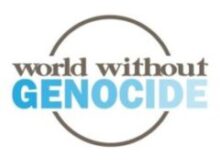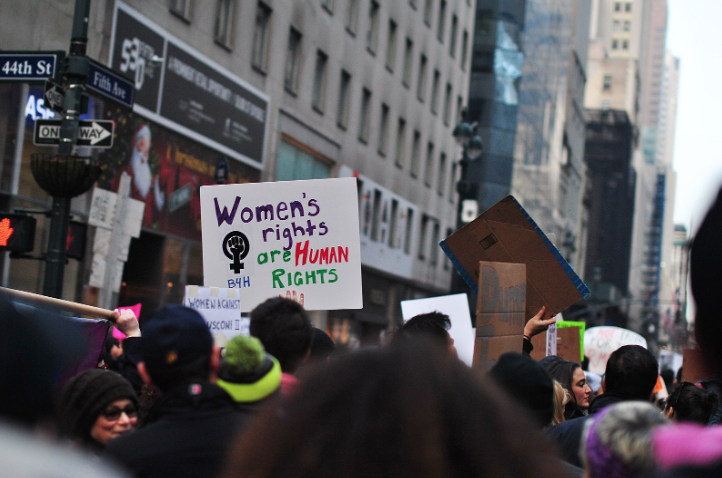Rape – A Crime Against Humanity
“The women are those who hold their families and communities together. Their physical and emotional destruction aims at destroying social and cultural stability. In many cultures, the female body embodies a nation as a whole. The rape of women of a community, culture, or nation can be regarded as symbolic rape of the body of a community.”1
Fifty years after the Holocaust, war broke out again in Europe in the former Yugoslavia. This conflict was marked by intense sexualized violence, including with the creation of “rape camps” where women were tortured and repeatedly violated.
Bosnian Serbs were responsible for most of the sexualized attacks carried out against Bosnian Muslim women. Estimates of the number of women raped range from 20,000 to 60,000. This became part of a campaign labeled as ethnic cleansing,2 the elimination of an unwanted ethno-religious group.
One of the most notorious sites of gang rape was in Foca, a town in southeastern Bosnia. ‘Rape camps’ were set up in restaurants, motels, schools, and other large buildings. In one single location in Foča, more than 70 women were held captive and tortured and violated for months.
Women’s Rights are Human Rights. The UN held a series of women’s meetings beginning in 1979 to address women’s rights. At the 1995 meeting in Beijing, the Beijing Platform of Action urges the UN and states to understand “what happens to females during armed conflict, especially being subjected to rapes and sexual violence.” The Platform generated a critical feminist perspective on international human rights law and international humanitarian law.
Prosecution. In 2001, the UN International Criminal Tribunal for former Yugoslavia (ICTY), an ad hoc tribunal established to adjudicate major crimes during the Yugoslav war, pronounced ‘guilty’ verdicts for three Foča defendants accused of rape and sexual enslavement as a crime against humanity. This inclusion of sexual violence in the criminal definition represented a landmark shift in human rights law. It is not coincidental that women were the lead prosecutors and judges in the case.
This landmark case is featured in the documentary “I came to testify” in the series Women, War, and Peace. Sixteen victim-survivors came forward to testify at ICTY despite fear of retribution and other nearly-insurmountable obstacles. Their courage, dignity, and perseverance, along with that of the prosecutors, is compelling. We recommend the film highly. (free; 53 minutes) https://www.youtube.com/watch?v=ayMCtiVzG2s



